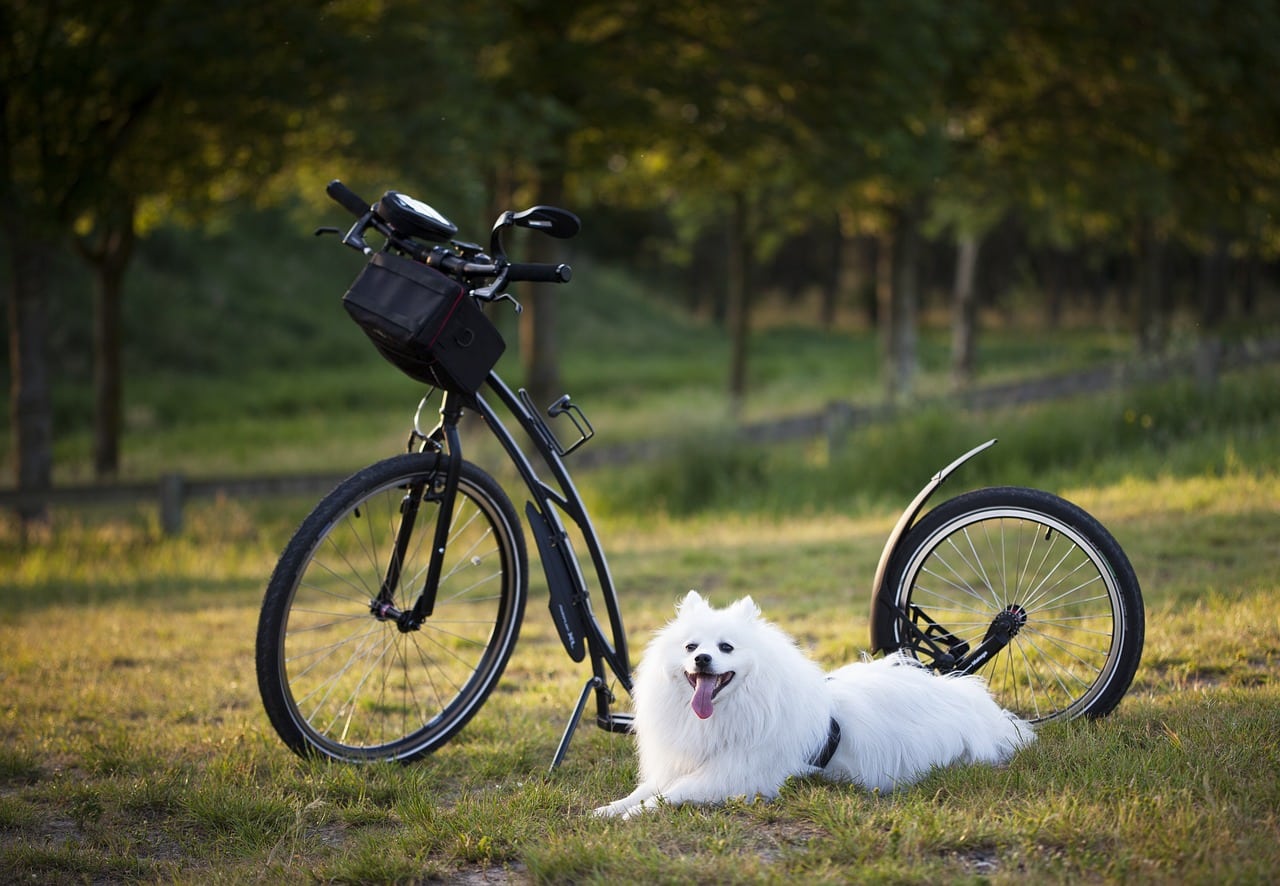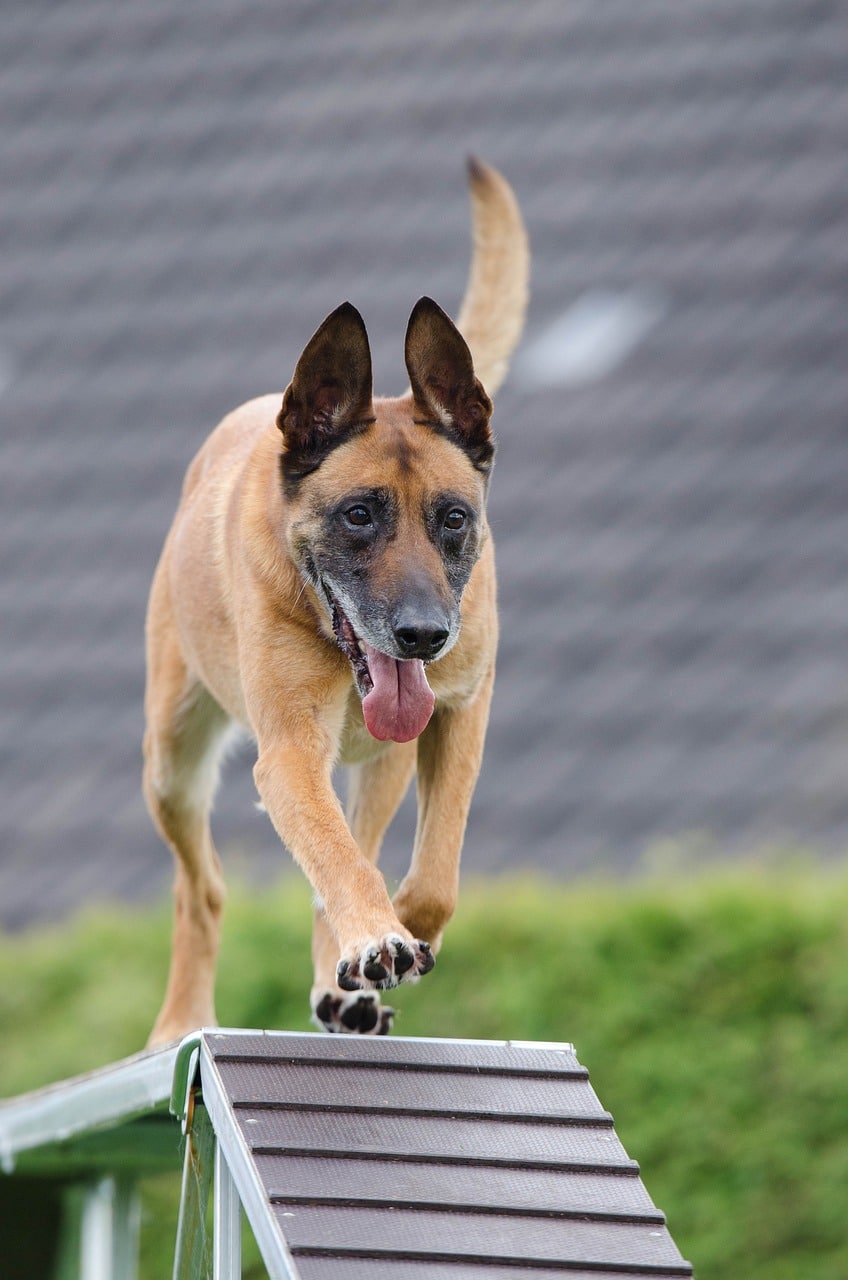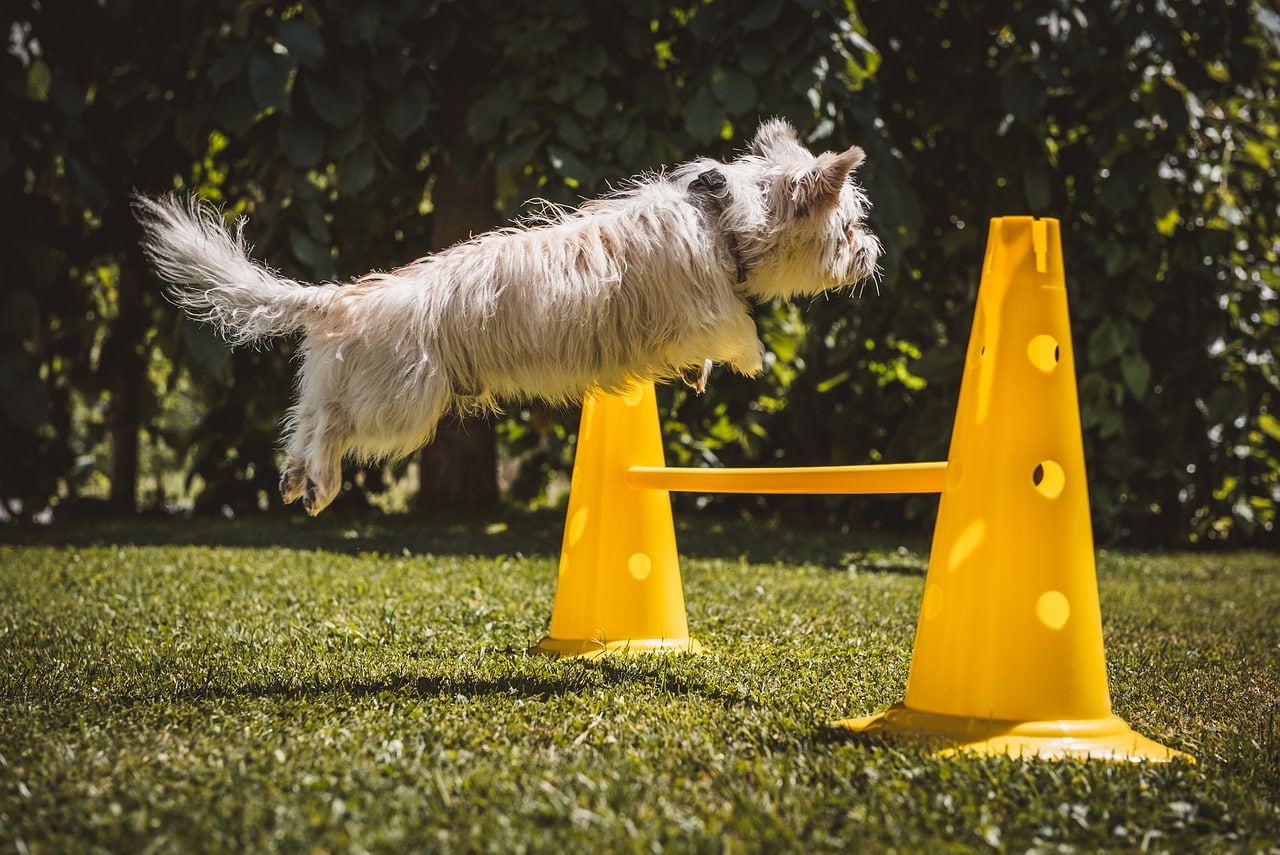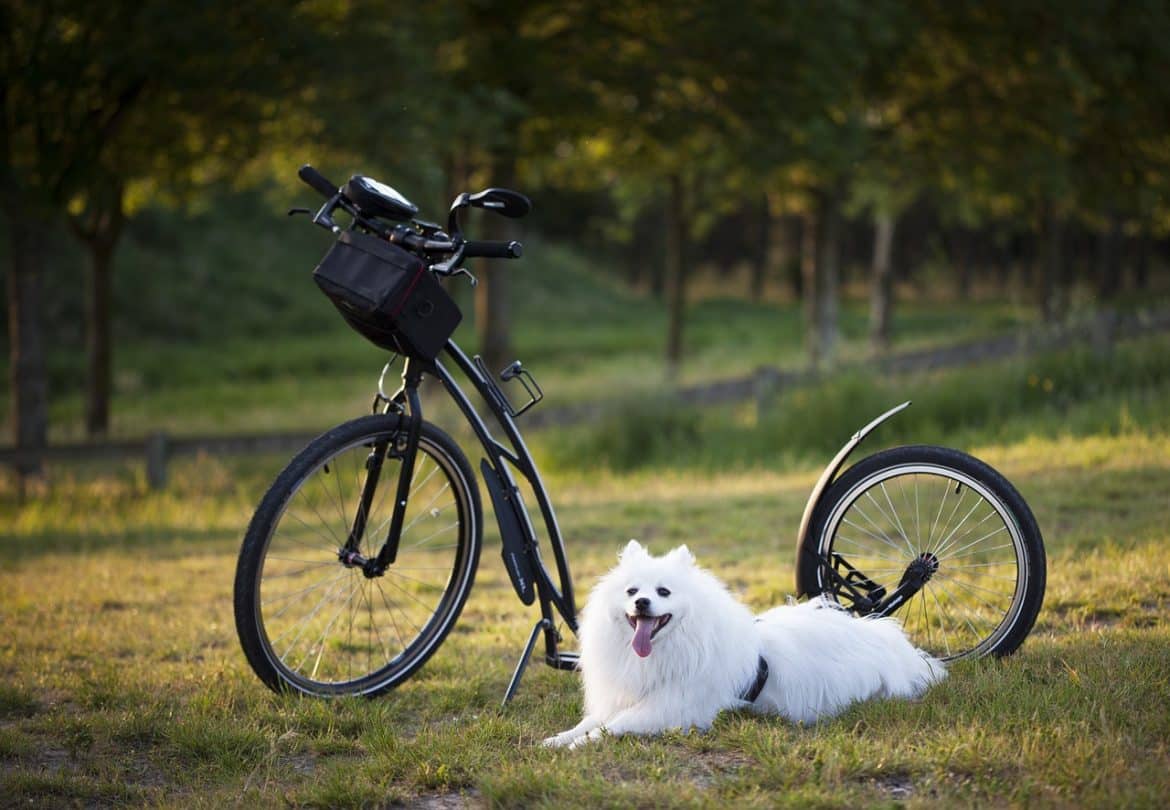Imagine the joy of taking your adorable new puppy for a walk, their eager little tail wagging as they explore the world together. However, the reality can often be quite different, with your furry friend tugging at the leash, darting in all directions. Frustrating, right? But fear not, because in "Easy Leash Lessons: A Step-by-Step Guide to Leash Training Your Puppy," we've got you covered! This comprehensive guide will walk you through the process of teaching your puppy to walk calmly on a leash, step by step. With our friendly and effective approach, you and your puppy will soon be strolling together in harmony.
Understanding Leash Training
Why leash training is important
Leash training is an essential skill for any puppy to learn. Not only does it ensure their safety and the safety of others, but it also helps build a strong bond between you and your furry friend. Leash training enables you to have control and prevents your puppy from running off or getting into dangerous situations. Furthermore, it promotes good behavior and allows your puppy to explore the world while still staying within your guidance.
Benefits of leash training
Leash training provides numerous benefits to both you and your puppy. Firstly, it ensures that your puppy remains safe while outside by preventing them from wandering into traffic or getting lost. Secondly, it allows you to maintain control in various situations, such as encountering other animals or navigating crowded areas. Additionally, leash training helps your puppy develop proper social skills, as they learn to interact with other dogs and humans in a controlled manner. Lastly, leash training promotes mental and physical stimulation, as it gives your puppy the opportunity to explore their surroundings and engage in exercise.
When to start leash training
It is best to begin leash training as early as possible, ideally when your puppy is around 8 to 10 weeks old. At this age, their minds are more receptive to learning, and they are still adaptable to new experiences. However, it's important to keep in mind that each puppy is different, and some may take longer to adjust to leash training than others. Take your puppy's individual personality and comfort level into consideration when starting their leash training journey.
Choosing the Right Leash and Collar
Types of leashes
There are various types of leashes available, each serving a different purpose. The most common types include standard flat leashes, retractable leashes, and training leashes. Standard flat leashes are perfect for everyday walks and come in different materials and lengths. Retractable leashes provide your puppy with more freedom to explore while still maintaining control. Training leashes, such as long lines or biothane leashes, are useful for teaching recall or allowing your puppy to have supervised freedom in open spaces.
Types of collars
Collars also come in different styles, each with its own purpose. Traditional buckle collars are suitable for puppies who have already mastered leash training and have good leash manners. Martingale collars are ideal for dogs prone to slipping out of regular collars, as they tighten slightly when pressure is applied. Harnesses are a popular option for puppies, as they distribute pressure more evenly and prevent any strain on their necks. It's important to choose a collar that is well-fitted and comfortable for your puppy.
Proper sizing and fit
When selecting a leash or collar for your puppy, it is crucial to ensure the proper sizing and fit. The leash should be long enough to allow your puppy some freedom to move, but not so long that it becomes difficult to control them. Collars should fit snugly, with enough room to fit two fingers between the collar and your puppy's neck. It's essential to regularly check and adjust the fit, as puppies can quickly outgrow their collars. Always prioritize safety and comfort when choosing equipment for leash training.

This image is property of pixabay.com.
Introducing the Leash to Your Puppy
Allowing your puppy to get comfortable with the leash
Before the actual leash training begins, it's important to allow your puppy to become comfortable with the presence of the leash. Start by letting them sniff and investigate the leash while it is on the ground. This helps them associate the leash with positive experiences and removes any fear or anxiety they may have. Allow your puppy to approach the leash at their own pace, rewarding them with treats and praise for any positive interaction.
Positive association with the leash
Create a positive association with the leash by incorporating it into your puppy's daily routine. Begin by attaching the leash to their collar and letting them walk around the house while supervised. Engage in play or offer treats during this activity to reinforce the positive connection between the leash and enjoyable experiences. By doing so, your puppy will begin to associate the leash with happiness and excitement.
First steps with the leash indoors
Once your puppy is comfortable with the leash, it's time to take their first steps indoors. Begin in a calm, quiet area where there are minimal distractions. Hold the leash loosely and allow your puppy to lead the way, encouraging them with praise and treats for any forward movement. Initially, keep the sessions short and gradually increase the duration as your puppy becomes more comfortable and confident. Remember to stay patient and reward even the smallest progress your puppy makes.
Teaching Basic Commands
Sit and Stay command
Teaching your puppy to sit and stay is fundamental for their safety and obedience during walks. Start by holding a treat close to your puppy's nose, then slowly move it up and back, which will cause their bottom to lower naturally into a sit position. Once they are in the sitting position, say "sit" and reward them with the treat. To teach the stay command, give the hand signal for stay with an open palm and say "stay" as you take a step back. Gradually increase the distance and duration of the stay command, rewarding your puppy for successfully staying put.
Come command
The come command is crucial for maintaining control and keeping your puppy safe in various situations. Begin by using a long training leash in a quiet, enclosed area. Crouch down and excitedly say your puppy's name followed by "come" while gently pulling on the leash. When your puppy comes to you, reward them with treats and praise. Repeat this exercise frequently, gradually increasing the distance between you and your puppy. Remember to always reward and encourage your puppy for coming to you, ensuring that they associate it with positive experiences.
Heel command
Teaching your puppy to walk by your side in a controlled manner is achieved through the heel command. Start by holding a treat in your hand and keeping it by your side. As you walk, say "heel" and reward your puppy when they walk beside you. If your puppy starts to pull or wander, stop walking and wait for them to return to your side. Consistently reinforce the heel command with rewards, and gradually increase the duration and distance of heeling exercises. With time and practice, your puppy will learn to walk calmly by your side.

This image is property of pixabay.com.
Positive Reinforcement Techniques
Reward-based training
Positive reinforcement is a key component of successful leash training. By rewarding desired behaviors, you are encouraging your puppy to repeat those actions. Use treats, toys, or praise to reward your puppy whenever they exhibit the behavior you want, such as walking nicely on the leash or following your commands. Positive reinforcement builds a strong bond between you and your puppy, as they associate good behavior with rewards and positive experiences.
Using treats and praise
Treats and praise are effective tools for motivating and reinforcing positive behavior in your puppy. Choose small, soft treats that your puppy finds especially enticing and keep them readily available during leash training sessions. When your puppy follows commands or walks calmly on the leash, reward them immediately with a treat and enthusiastic praise. This positive reinforcement strengthens the connection between desired behaviors and rewards, making them more likely to be repeated in the future.
Clicker training
Clicker training is a popular method of positive reinforcement that involves using a small handheld device that makes a clicking sound. The clicker serves as a marker to indicate the exact moment your puppy performs a desired behavior, making it easier for them to understand what they are being rewarded for. Pair the clicker sound with a treat or praise to reinforce the behavior. With consistency and practice, your puppy will learn to associate the clicker with positive outcomes and respond accordingly.
Gradual Exposure to Distractions
Training in a quiet environment
When starting leash training, it is important to begin in a quiet environment with minimal distractions. This allows your puppy to focus on learning and understanding your commands without being overwhelmed. Choose a secluded area such as your backyard or a quiet park to initiate the training process. This controlled environment sets your puppy up for success by minimizing external stimuli and providing a calm atmosphere for learning.
Introducing mild distractions
After your puppy has mastered leash training in a quiet environment, gradually expose them to mild distractions. This could include introducing them to other dogs, people, or small amounts of noise. Start with controlled interactions and slowly increase the level of distraction as your puppy becomes more experienced and confident. By systematically introducing distractions, your puppy will learn to maintain their focus and respond to your commands, even in more challenging environments.
Training in real-world settings
Once your puppy has become comfortable with leash training in controlled environments, it's time to venture into real-world settings. Take your puppy for walks in busier areas, such as parks, sidewalks, or dog-friendly neighborhoods. Expose them to different sights, sounds, and smells, which may be more stimulating and distracting. Remember to be patient and reward your puppy for their successes. With consistent practice, your puppy will become more confident and adaptable in various real-world situations.

This image is property of pixabay.com.
Walking on a Loose Leash
Teaching your puppy to walk beside you
Walking on a loose leash is an important skill to develop, as it helps your puppy stay close to you and prevents them from pulling or lagging behind. Start by walking at a slow, comfortable pace and encouraging your puppy to walk beside you. Use treats and praise to reinforce this behavior. If your puppy begins to pull, stop walking and wait for them to come back to your side. Execute this consistently, rewarding your puppy for walking politely on a slack leash. With time and consistency, your puppy will understand that walking beside you is the desired behavior.
Using gentle leash corrections
If your puppy starts to pull or stray away from walking beside you, it may be necessary to use gentle leash corrections. When your puppy pulls, stop walking and give a slight tug on the leash, bringing your puppy's attention back to you. As soon as they respond by moving back towards you, release the tension on the leash and continue walking. It's important to emphasize that leash corrections should be gentle and not cause any harm or discomfort to your puppy.
Encouraging loose leash behavior
Consistently reinforce loose leash behavior by rewarding your puppy when they walk calmly on a slack leash. Use treats and praise to let them know they are doing a great job. Additionally, encourage exploration and sniffing breaks during walks, as this allows your puppy to satisfy their natural curiosity without pulling or becoming distracted. Remember to remain patient and consistent, as loose leash behavior takes time and practice for your puppy to master.
Dealing with Pulling and Lunging
Understanding the reasons behind pulling and lunging
Pulling and lunging on the leash can be a frustrating behavior to deal with, but it's important to understand the reasons behind it. Dogs may pull or lunge for various reasons, such as excitement, fear, or a desire to reach something. Identifying the cause of the behavior is crucial in implementing the appropriate techniques to discourage it. Patience and positive reinforcement are key in helping your puppy overcome pulling and lunging tendencies.
Techniques to discourage pulling
There are various techniques you can use to discourage pulling on the leash. One effective method is to change direction whenever your puppy begins to pull. This teaches them that pulling only leads to a change in direction, making it less desirable. Another technique is to stop walking and wait for your puppy to calm down before continuing. This teaches them that pulling results in a lack of forward progress. Reinforce desired behavior by rewarding your puppy with treats and praise when they walk politely on a loose leash.
Redirecting your puppy's attention
If your puppy tends to lunge or become overly fixated on something during walks, it is essential to redirect their attention. Carry high-value treats or a favorite toy to divert their focus. When you notice your puppy becoming interested in something they shouldn't, use the treats or toy to redirect their attention back to you. This helps break their fixation and reinforces the notion that paying attention to you is more rewarding than fixating on distractions.
Troubleshooting Common Challenges
Puppy's fear or resistance to the leash
Some puppies may be fearful or resistant towards the leash due to past negative experiences or lack of exposure. To address this, start by desensitizing your puppy to the leash. Leave it out in a common area for them to sniff and explore. Gradually introduce the leash by attaching it to their collar for short periods while at home. Use treats and praise to create positive associations with the leash. Additionally, incorporating leash training into playtime can make it a more enjoyable experience for your puppy.
Excessive chewing or biting on the leash
Chewing or biting on the leash is a common behavior for puppies, especially during the initial stages of leash training. This behavior is often a result of teething or boredom. Provide appropriate chew toys as an alternative to the leash and redirect your puppy's attention to them whenever they start chewing on the leash. Consistency is key in discouraging this behavior, so it's important to discourage chewing on the leash every time it occurs.
Difficulty in following commands outdoors
Puppies may struggle to follow commands outdoors due to the increased distractions and stimuli. To address this, gradually increase the level of distractions during training sessions. Start with minimal distractions in a controlled environment and slowly work your way up to more challenging situations. Use higher-value treats and reinforce commands with praise to capture and maintain your puppy's attention. Consistency, patience, and positive reinforcement will help your puppy successfully follow commands outdoors.
Consistency and Patience
Establishing a consistent training routine
Consistency is vital when it comes to leash training. Establishing a regular training routine helps your puppy understand expectations and reinforces desired behaviors. Set aside consistent times each day for training sessions, ensuring they are not too long or overwhelming. Consistency also extends to using the same commands, gestures, and rewards throughout the training process. By maintaining a consistent routine, you will provide your puppy with clarity and structure, facilitating their learning and progress.
Being patient with your puppy's progress
Every puppy progresses at their own pace, so it's important to be patient throughout the leash training process. Some puppies may quickly grasp the concepts, while others may require more time and practice. Remember that puppies are still learning about the world and may become easily distracted or overwhelmed. Celebrate even the smallest achievements and remain patient and encouraging. By focusing on the progress your puppy makes, you will create a positive and supportive training environment.
Persevering through setbacks
Setbacks are a normal part of any training process, and leash training is no exception. Your puppy may have days where they seem to regress or struggle with certain behaviors. During these moments, it's crucial to remain positive and continue with consistent training. Revisit previous steps if necessary and work through the challenges together. By persevering through setbacks, you will help your puppy build resilience and maintain their progress in leash training.
Leash training is an essential skill for every puppy, and with the right techniques and consistent practice, your furry friend will become a well-behaved and obedient companion. Use positive reinforcement, patience, and plenty of praise to guide your puppy through the training process. Remember, leash training is not only about teaching your puppy to walk on a leash but also about building a strong bond and fostering a lifetime of happy adventures together. Enjoy the journey and celebrate each milestone along the way!


